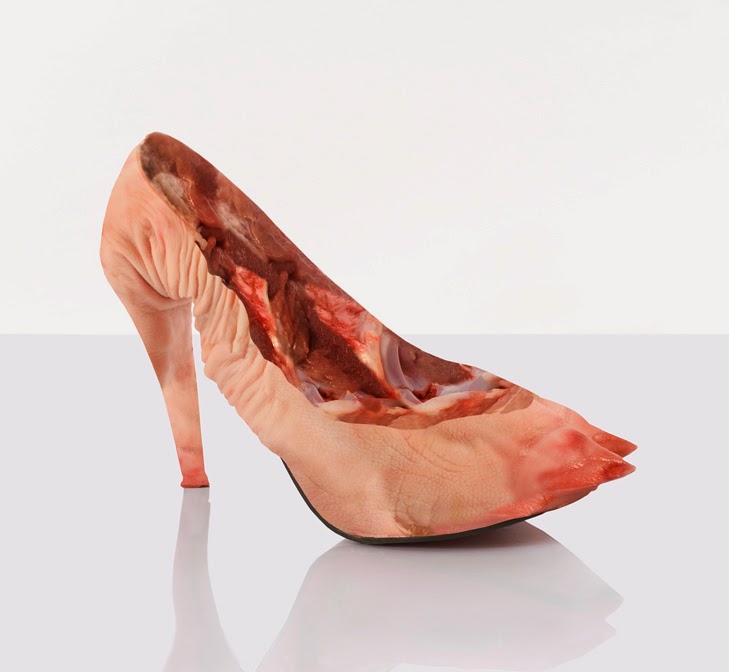Edinburgh Fringe Festival 2013
Hello there! It has been a very long time since I last wrote a post, various reasons being that I have been working so there has been a severe lack of culture in my life...that is until I went to the Edinburgh Fringe!
I have wanted to go ever since my sister performed in it when she was at school! Every year I read reviews about breathtaking art exhibitions and up and coming comedy acts that have all been displayed at the Fringe, and every year I say to myself I will go, and this year I was lucky enough to finally go!
My mum and I were staying with some family friends who lived on a beautiful road but a stones throw away from the centre of Edinburgh.
Now on to the important stuff...
One of the first things we went to see was the much anticipated
'Castration on a Tennis Court' which was a talk by the renowned art historian
Andrew Graham Dixon on the artist Caravaggio. This was one of the talks I had been most excited about seeing as it was on a subject I was particularly interested in and it is widely known that Caravaggio was a complete rogue and also a murderer, so I went in assuming it would be utterly gripping and that I would be on the edge of my seat for the entire hour....how wrong I was.
Graham Dixon swaggered on to the stage mumbling and drawling and that was simply the beginning! The entire hour was spent with Graham Dixon giving the audience the feeling that he would rather be anywhere else but there. His droning speech was interjected with constant humorless jokes that left much to be desired and I am afraid that is as much time as I am willing to spend on him.
The next cultural stop we made was at the Scottish National Gallery which was exhibiting
'Witches and Wicked Bodies'. The National Gallery of Modern Art is situated slightly out of the hustle and bustle of the centre of Edinburgh, about fifteen minute walk from Princes street and set in stunning parkland.
This exhibition was beautifully laid out with themes flowing from each room in such a conducive manner that it made the viewer feel as though they weren't wading through numerous rooms. The rooms were all dark grey, which appears to be very popular among curators recently. It was split into six themes/rooms:
Hideous Hags & Seductive Sorceresses,
Unnatural Acts of Flying,
Witches Sabbaths & Devilish Rituals,
Unholy Trinities & Weird Sisters of Macbeth,
Magic Circles & Raising the Dead
The Persistence of Witches
Now, this was quite a niche subject as going around the exhibition there was a wide range of viewers all with different levels of interest, some doing a quick sketch and others simply trying to get round the exhibition as fast as possible. I am sure that many felt it was simply too long and therefore felt it was slightly repetitive but I must say I found it utterly fascinating.
What I particularly enjoyed about the exhibition was the vast range of different mediums used to depict this relatively narrow subject. It spanned from etchings all the way through to photography, with the likes of Goya and Cindy Sherman being included within the exhibition.
However there are a few things that I feel perhaps could have made the exhibiton more streamlined, for example if the small boxes of information were stenciled straight onto the wall rather than being mounted on to pieces of bright white card it would have looked much sleeker and less garish.
Also I know this may sound silly but going through the whole exhibiton there was just one small wooden bench! Most modern galleries have at least one bench per room. Many of the people who visit art galleries can be elderly and to not cater for that seemed to me a pretty obvious flaw.
Another slightly odd compositional flaw was that in some of the rooms there were vast empty mantelpieces with no piece of art above them, simply a bleak, grey wall.
However as an exhibition I found it to be absorbing and interesting and although it is no longer still on there is an exhibition catalogue with the same name. The Scottish National Gallery is definitely worth a visit with some truly stunning works of art and sculpture (Like the below photograph) as well as soon fairly strange cabinets of curiosities!
There were so many aspects of Edinburgh that I fell in love with that I can't simply put into just one post so watch this space for more on the incredible experience that is The Edinburgh Fringe!
Keep reading, start following...your host...
The Ravens Eye Critic











































